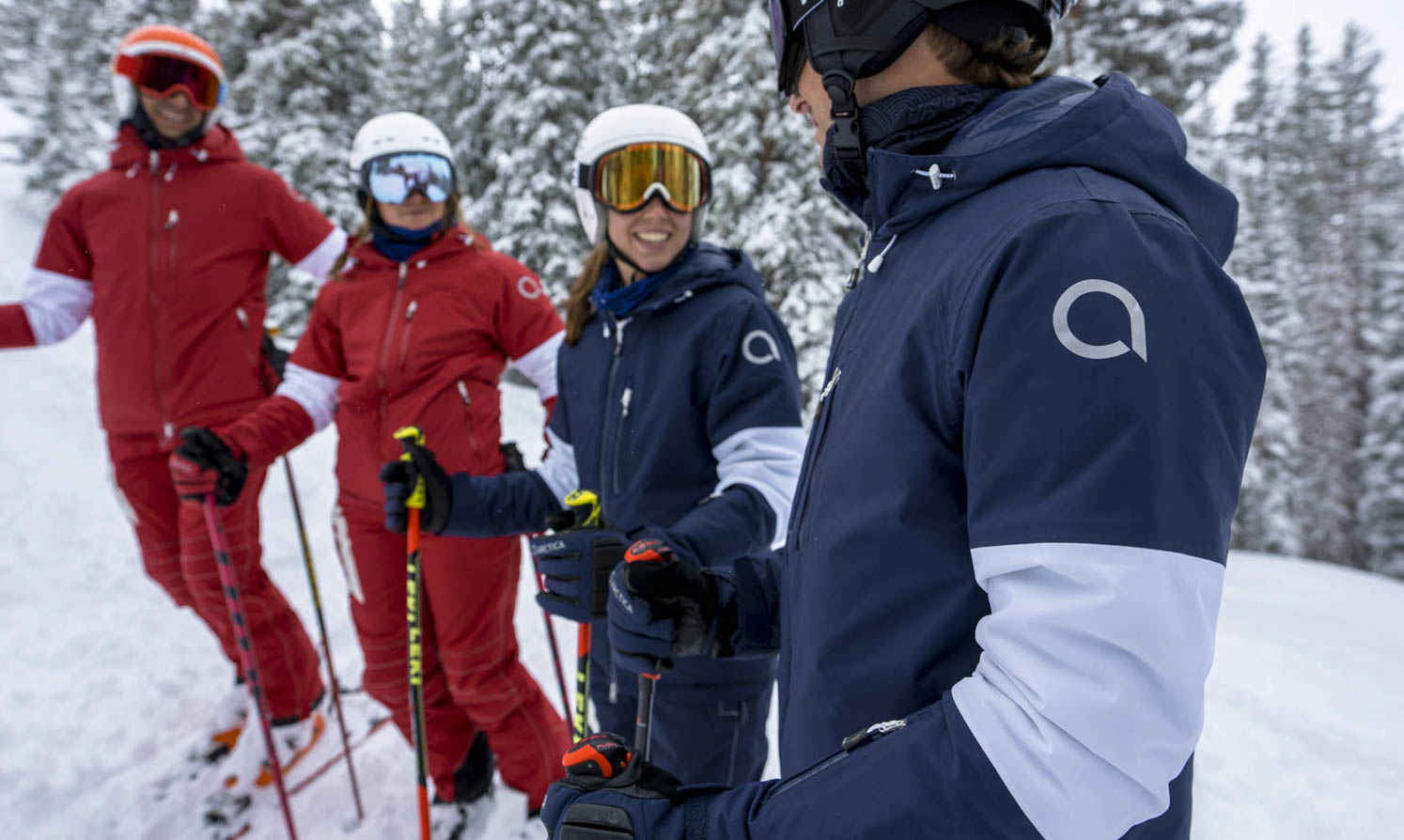The days are getting shorter, the nights are getting cooler, and ski season is just around the corner. Dryland strength and conditioning is one of the best ways to set yourself up for a successful ski season. It’s been said that you pay now, or you pay later… so put in the work now and reap the results on the race course!
Do: Create a routine
Life gets busy, especially as you get back to school or balance the responsibilities of fall sports or work. The best way to fit your dryland conditioning in regularly is to set a routine. Include time for a proper warm-up, time to rest between sets and time for a cool down. Many ski academies and college programs schedule early morning conditioning programs to get ahead of athletes’ busy days.
Do: Work the whole body
Ski racing includes movement in every plane and requires rapid responses to variables such as snow conditions and course sets. You’ll need your upper body to push out of the start gate, a strong core to support an athletic body position and powerful legs that can withstand lots of training runs. Balance and agility go hand in hand, and are key to setting yourself apart from the competition. In your dryland training be sure to emphasize single-legged strength and balance to best imitate the conditioning needed for skiing. Cross-training activities like mountain biking, rock climbing, trail running, skateboarding and more help to develop a well-rounded, versatile athleticism.
Do: Focus on form
Proper form for lifting is similar to a strong foundation of a house — absolutely necessary in order to build something sturdy. It’s important to utilize the most effective muscles for preventing injury throughout the course of your dryland conditioning program. Proper form is crucial as you are building complicated movement patterns and using heavier weights.
Don’t: Rush to add weight
As we previously mentioned, form is important for both safety and results. If you add more weight than your form can support, you can easily injure yourself. You may also miss the muscles you’re trying to develop. A conditioning program will help you to incrementally increase your weight while lowering the risk of injury and helping you to achieve your goals.
Don’t: Skip the warm-up
Activate your muscles with a warm-up to prevent injury and prime the muscles you are working on. Our favorite type of warm-up is one that incorporates the whole body.
Don’t: Put it off!
There are only 14 weeks until Thanksgiving, which is the unofficial start of ski racing season. Everything you do now will pay off when you’re standing in the start gate. The added strength, agility and stamina will help immensely as you pursue your goals.
From dryland training to crushing it on the course, Arctica has you covered with our newest packable windbreaker! Shop now.



Leave a Comment
You must be logged in to post a comment.